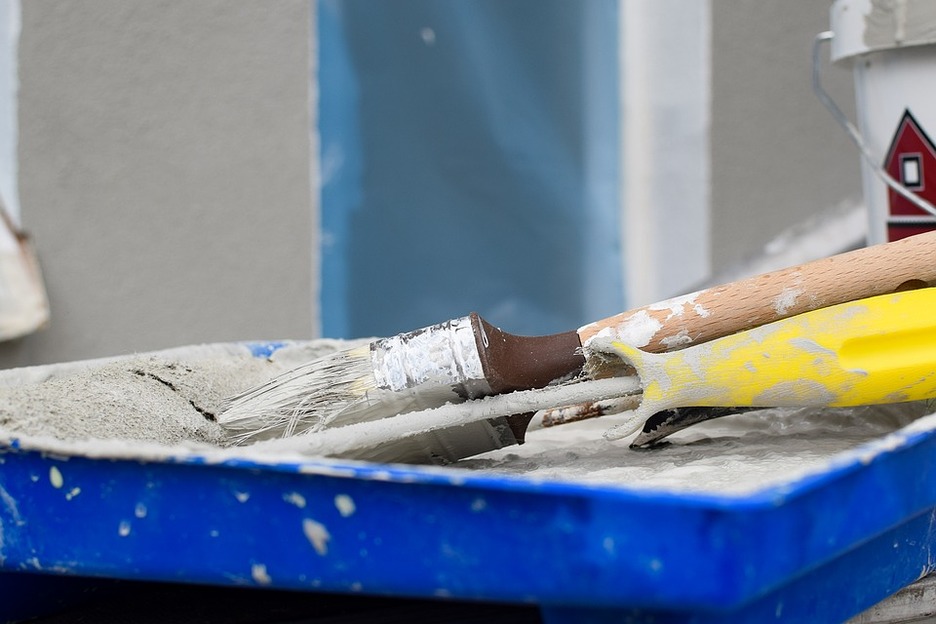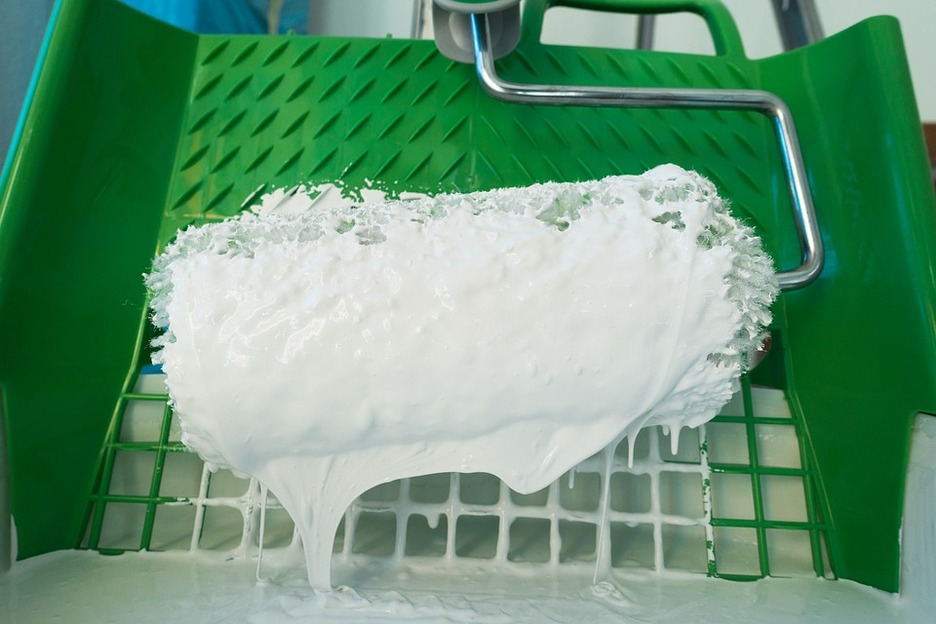The most common solvent in decorative paints is water. It is mainly used in acrylic paints for walls and ceilings, in façade coatings and increasingly in products such as acrylic enamels, protectors, varnishes,... which traditionally used synthetic solvents.
Solvents for synthetic paints (or simply solvents) usually have their origin in the refining of hydrocarbons and are still used in many glazes, varnishes, industrial floor products...

In addition to being part of its composition, solvents are also used during the application process as a diluent. Its function is to improve the finish of a paint and facilitate its application. The product has a high viscosity and consistency.
Reducing the viscosity of the paint makes its application is easier. This delays the drying of the paint, giving it more open time and facilitating its brushability. It also improves its levelling, preventing the brush or roller passes from being visible, thus making the finish more uniform.
It is very important to pay attention to the % of dilution indicated by the manufacturer, because adding much more solvent than recommended will be counter-productive: it will drastically reduce the coverage and the number of coats needed, it will take too long to dry, during the application there may be sagging and drips...
The ambient temperature, the application surface or the tools to be used - rollers, brushes, spray guns... - determine the amount of solvent to be used. For example, it is always higher if we are going to apply it using a spray gun; if the temperatures are high, we may need more solvent to slow down the drying.
In addition, solvents are also important for cleaning, both tools and possible stains on the floor.

It can be said that solvents are one of the most practical elements in the world of painting, as they are used both for the preparation of the paint before its application, and for the subsequent work of material and possible stain cleaning.
Cleaning brushes and paintbrushes with the right solvents is one way to extend the life of these work tools, as well as the best way to remove paint and varnishes and to ensure that the material remains clean and the bristles in perfect condition for future use.
Due to its multiple functionalities and effectiveness, paint thinner should not be missing from any professional's arsenal, although, choosing the most suitable types of solvents for every job or type of paint is also necessary.
TYPES OF SOLVENTWhether used to change the viscosity of paint or to clean working materials, it is very important to choose the right type of solvent.
As a general rule, a solvent compatible with the base paint should always be used, if possible of the same type. For this reason, it is best to follow the manufacturer's instructions on the packaging and not to use any other solvents than those indicated.
Water will be the necessary solvent in most products present in acrylic or plastic paints and is usually the ingredient needed to apply tempera paints.
Turpentine is a generic solvent for varnishes and synthetic paints based on aliphatic hydrocarbons and terpenes. Turpentine lets you modify the consistency of the paint and makes drying faster.
Turpentine oil used as a solvent, is a vegetable solvent produced by the distillation of an oleoresin of coniferous species, also known as vegetable turpentine. It is a very useful compound for modifying the viscosity of synthetic paints and helps drying.
Synthetic solvents are the type of solvents needed to thin synthetic paint achieving greater effectiveness than turpentine. Solvents for synthetic glazes are usually composed of a mixture of ketones and hydrocarbons that allow the solution to be applied to be more homogeneous.
For their part, solvents for polyurethanes and epoxy work very well for the application in their type of product because of their capacity to soften the viscosity, making it easier to apply them uniformly.
SOLVENT MIXTURESBoth universal solvents and solvents used for cleaning are the most versatile for treating almost any type of paint or surface. In the case of universal solvents, their use is usually very broad, for primers, lacquers, enamels... Despite this, they should not be used if the manufacturer does not specifically recommend them.
The team at Pinturas Montó is always available to answer any questions about the application of paints and the use of solvents to prepare them, so that every professional knows the best procedures and product ranges to ensure that their work is high quality.


